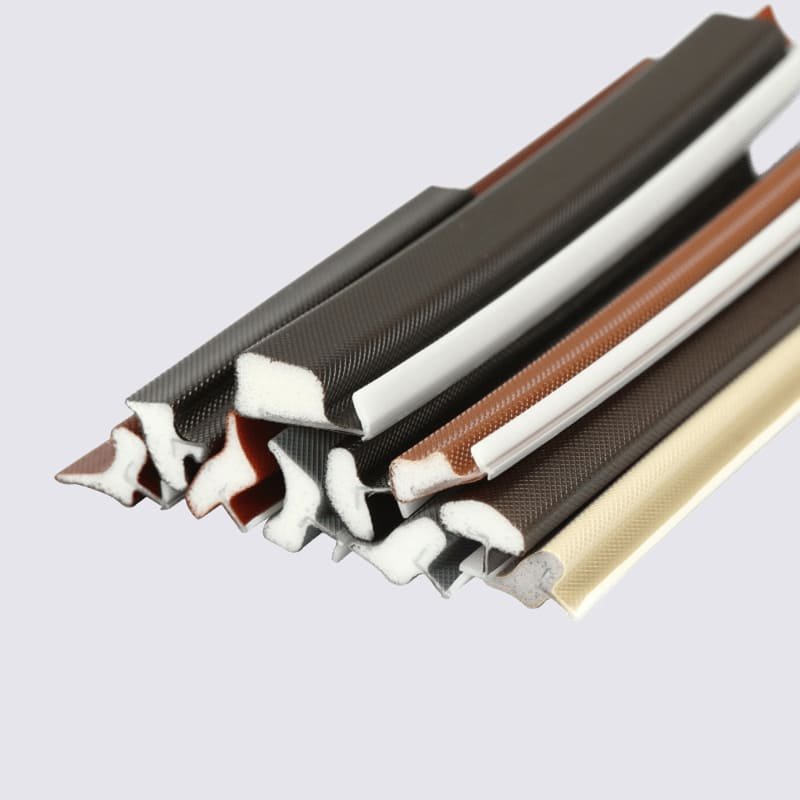Cuireann innill nua-aimseartha dianéilimh ar fhuaraithe, breosla, agus córais bhainistíochta aeir. Díghrádaíonn píobáin rubair a nascann na córais seo le himeacht ama as a dtagann scoilteanna, sceitheanna, agus teipeanna. Silicone hose for car offer a durable, high performance upgrade for critical fluid transfer lines under the hood. San Airteagal seo, we’ll look at the benefits of installing silicone replacement hoses on your car and how to select the best products.
Why Choose Silicone Hoses?
Silicone rubber offers significant advantages over standard rubber hoses:
- Friotaíocht teochta – Handles up to 400°F, ideal for cooling systems, turbo piping.
- Marthanacht – Won’t dry out or crack nearly as fast as rubber.
- Láidreacht – Reinforced with fiber for pressure resistance up to 300 PSI.
- Friotaíocht cheimiceach – Inert silicone withstands oil, chuisnithe, gásailín, cleaning chemicals.
- Abrasion resistance – Doesn’t degrade from chafing and vibration.
- Crush proof – Maintains shape and flow under tight bends and clamps.
- UV/ozone resistant – No deterioration from sun exposure.
Better Performance And Reliability
Upgrading to silicone hoses improves car performance and reliability:
- Maintains engine power – Preventive against cooling system leaks that can lead to overheating issues.
- Reduces risk of hose failures – No worrying about old cracked hoses bursting.
- Consistent fuel and air flows – No collapsing or restriction from degraded hoses.
- Cleaner engine bay – No sticky residue from leaking hoses.
- Enhanced appearances – Sleek, colorful silicone hoses replace faded, worn out rubber.
- Tunable – Can handle higher pressures for modified turbo or supercharged engines.
Ideal Applications For Silicone Hoses
Key systems where silicone hoses excel in car applications:
- Coolant lines – Radaitheoir, heater core, reservoir connections.
- Charge air piping – Intercooler and boost tubing on turbo cars.
- Crankcase ventilation – PCV valves and intake recirculation lines.
- Fuel system – Fuel rail, injector, and regulator fittings.
- Oil system – Turbo oil feed and return lines.
- Emissions controls – EGR and EVAP purge line plumbing.
- Brake system – Caliper and clutch hydraulic fittings.
Choosing The Right Silicone Hoses
Follow these guidelines when selecting replacement silicone hoses:
- Check hose inner diameter – Should match original hose ID precisely.
- Ensure correct angles – Avoid tight bends or kinking.
- Confirm end fittings match – Reuse originals or get new fittings.
- Check temperature rating – Get high temp silicone for turbo or engine bay uses.
- Verify chemical compatibility – Fuel lines need special silicone formulation.
- Inspect reinforcement – Multiple ply and fiber layers prevent blowouts.
- Review clamps – Use original clamps or get torque limiting clamp upgrades.
Properly installed, quality silicone hoses will provide years of like-new performance and protection against leaks as your car accumulates miles. They are a smart investment for restored power, sábháilteacht, and peace of mind.
Silicone hoses vastly outperform standard rubber hoses thanks to their durability, neart, and resistance to temperatures and chemicals. Replace worn out rubber coolant, breosla, and intake tract hoses in your car with silicone for upgraded performance and reliability. Follow sizing and rating guidelines during selection, and enjoy leak-free operation mile after mile.




